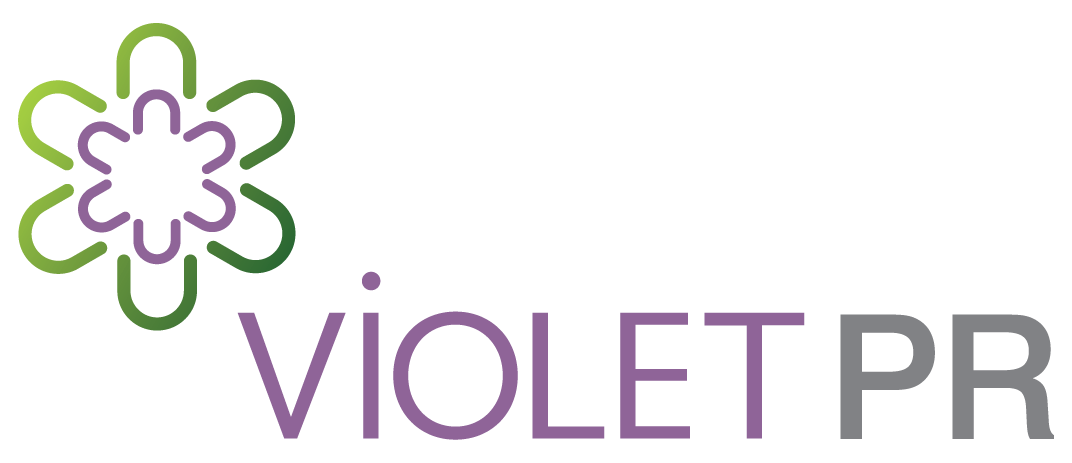Creative Placemaking and the Future of Real Estate and Urban Planning
Creative placemaking affects both real estate and urban planning, (Photo by Unsplash)
If you’re in economic development, real estate or community planning, you may have heard the term “creative placemaking” thrown around, but what is it, exactly?
Well, it depends, but in a nutshell, it is the use of a community’s strengths to create or enhance public spaces. If that seems vague, get this: The Local Initiatives Support Corporation (LISC) also found eight different definitions of “creative placemaking.” So, you can be forgiven if you are still unsure.
So What is Creative Placemaking?
Creative placemaking is work that occurs organically in neighborhoods across the nation. Artists, entrepreneurs, local officials, economic developers, planners, architects and engineers team up to develop projects that accelerate real estate development, create jobs and increase tax revenues. This concept has taken off in low-income neighborhoods but can really be applied anywhere.
To be clear, placemaking is not new. However, renewed interest has attracted a lot of money from public and private groups alike.
In its Creative Placemaking Report, the Urban Land Institute (ULI) indicated that the metrics for return on investment (ROI) in creative placemaking are largely anecdotal and still being developed. That said, ULI laid out 10 best practices for successful implementation, which include engaging local artists, local art and cultural assets, forming cross-sector partnerships and more.
Examples of Creative Placemaking
Here are three outstanding real estate development projects that used these best practices to reinvigorate local neighborhoods and bring members of the community together.
Rose Kennedy Greenway: Boston, Mass.
Rose Kennedy Greenway. (Photo by Wiki Commons)
Boston’s Rose Kennedy Greenway, a $50 million, 17-acre park, was completed in 2008 and sits atop land created during the “Big Dig” – a controversial infrastructure project that elevated Central Artery of Interstate 93 (I-93) and created a tunnel system beneath the city.
It spans four different neighborhoods and features landscaped gardens, promenades, plazas, fountains, public art and a carousel. As if that weren’t enough, it also plays host to food trucks, a farmer’s market, seasonal beer and wine gardens, concerts, movies, fitness classes and other events. These contributions have supported Boston’s economy at each turn, helping to attract 1.4 million visitors per year.
If the goal of creative placemaking is to bring together communities, the Rose Kennedy Greenway certainly delivers.
2. Steelstacks Arts and Culture Complex: Bethlehem, Pa.
For over 100 years, the Eastern Pennsylvania-based Bethlehem Steel Corp. was essential to the surrounding Lehigh Valley – producing steel for everything from the Golden Gate Bridge to the Chrysler Building. Ultimately, it could not compete with overseas steel production.
When the plant shuttered in 2003, the iconic steel stacks were nearly torn down. However, the city decided to restore the historic landmarks instead, remaking them into a unique American celebration of heritage, culture and art. Encompassing a total of 10 acres, they have been transformed into an amazing gathering place. Throughout the year, locals and tourists alike gather under the shadow of the iconic stacks to attend concerts, films, family programs, dance programming, festivals, tours and celebrations.
After nearly a decade of communal mourning over the death of the steel industry, a little creative placemaking helped give locals a new source of pride. To date, the facility has attracted over 1 million visitors and contributed over $55 million to the once-struggling burgh.
3. 11th Street Bridge Park, Washington, D.C.
The 11th Street Bridge Park in Washington, D.C. is a model for creative placemaking (Courtesy of Wiki Commons)
Since its inception in 2014, the 11th Street Bridge Park has become a model for how creative placemaking can be used to engage multiple stakeholders and bring communities together.
Before the architects OMA + OLIN drew up a single design plan, there were hundreds of meetings between designers, city representatives and community leaders to develop concepts for the park. The idea was to have a place where low-income community members and more affluent citizens from across the river could congregate and develop common experiences through recreation, education and the arts.
When complete, the park will include outdoor performance spaces, playgrounds, urban agriculture and an Environmental Education Center. More importantly, it will form a bond between communities that live on two historically disparate sides of the Anacostia River.
More Urban Success Stories
ULI’s Report features nearly a dozen more creative placemaking projects and outcomes. It also illustrates that no matter which definition you subscribe to, there is no doubt that creative placemaking can do wonders for communities of all shapes and sizes.
At a basic level, perhaps it means preserving local history or resurrecting a landmark – or incorporating greenspace to fast-track more innovative development. Whatever the method, creative placemaking remains unique to one’s geography and will no doubt continue to take hold in the future of urban planning efforts across the country.
Want to learn more about creative placemaking?
Check out these resources :
● National Endowment for the Arts
Did we miss anything? If you’d like to share any insights into the future of construction and engineering, feel free to leave us a reply.
About Violet PR
Whether it's rebranding a city, drawing attention to a revitalized neighborhood, or promoting a new sustainable development, Violet PR helps clients make a difference. Through a combination of news stories, social media and compelling content, our N.J.-based boutique public relations firm helps clients attract more dollars and supporters. www.VioletPR.com



